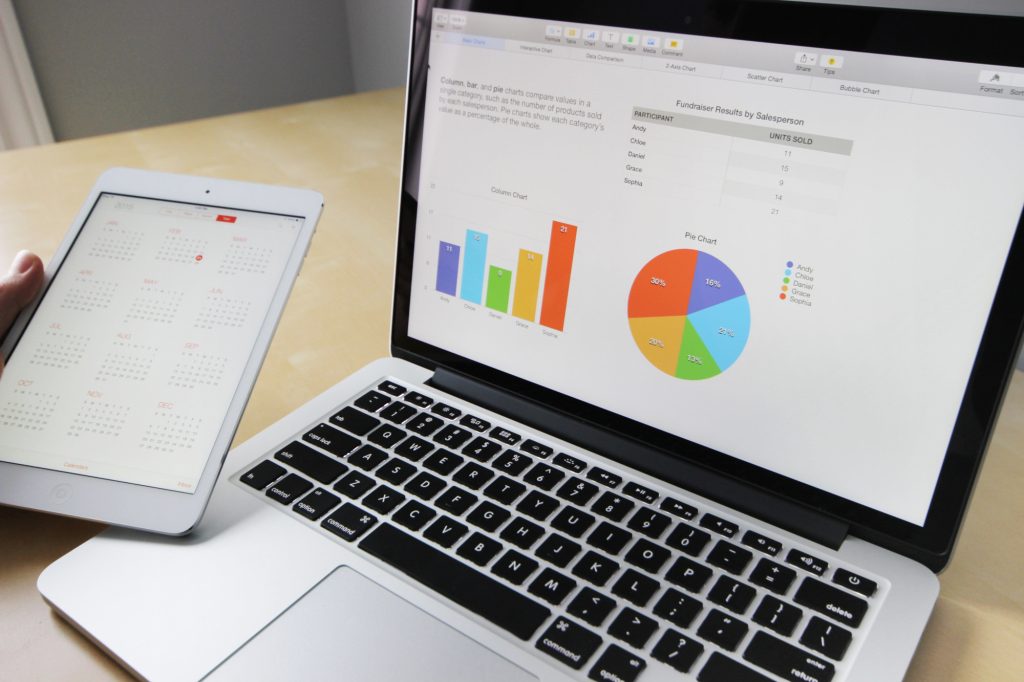Hey there, Shopify superheroes! If you\’re diving into the world of online retail, you know that success isn\’t just about flashy sales and marketing; it\’s also about smart and effective accounting and bookkeeping. Fear not, though! I\’m here to guide you through setting up your Shopify accounting system, managing inventory, and even outsourcing those time-consuming tasks, so you can focus on what you do best – growing your business!
1. Setting Up Your Shopify Accounting System
1. Open a Business Bank Account: Keeping your business transactions separate from your personal expenses is Accounting 101. It simplifies your financial management and is a must for accurate bookkeeping.
2. Choose the Right Accounting Software: In the UK, popular choices like Xero, QuickBooks, Sage, and Crunch integrate smoothly with Shopify. My personal recommendation? Xero. It\’s user-friendly, robust, and offers detailed financial reporting that\’s invaluable for e-commerce businesses.
3. Connect Your Shopify Store: Seamlessly integrate your Shopify store with your accounting software and enable automatic data syncing. It\’s like having an invisible accountant tirelessly working in the background!
4. Choose a Shopify Accounting Method: Cash or accrual? If you\’re running a high-transaction, consumer-focused business, cash accounting might be your best bet. For larger organizations dealing with hefty invoices and extended payment terms, accrual accounting offers a more accurate financial picture.
5. Set Up Payment Gateways: Ensure your payment gateways (like Shopify Payments powered by Stripe) are linked correctly to your accounting software. Accurate transaction tracking is key to smooth financial sailing.
2. Recording and Reporting Your Transactions
Accurate transaction recording is the heart of effective bookkeeping. Consider using an accountant who can automate the recording of sales and fees across all your sales channels. If you sell physical products, implement a real-time inventory tracking system. And don\’t forget to keep a meticulous record of all your business expenses!
For financial statements, you\’ll need:
– An Income Statement: Reveals your revenue and expenses over a period.
– A Cash Flow Statement: Demonstrates your working capital adequacy.
– A Balance Sheet: Displays your assets, liabilities, and equity at a specific point in time.
3. Reconciling Your Accounts
Regular reconciliation ensures that your Shopify accounting system matches up with your bank account and credit card statements. This routine check is crucial for accuracy and spotting discrepancies early on. Aim for weekly or monthly reconciliations based on your transaction volume.
4. Staying Tax Compliant
In the UK, VAT (Value Added Tax) can be a complex arena, especially with differing rules for international sales. If you\’re nearing the £85,000 turnover mark, get ready to register for VAT and understand the intricacies of VAT returns. And let\’s not forget about income or corporation tax obligations!
Share:
More Posts
Send Us A Message
5. You Don’t Have to Do It Alone
While it\’s possible to manage Shopify accounting solo, there\’s no shame in seeking professional help. A qualified accountant or bookkeeper can keep you compliant, provide financial planning advice, and handle complex tax regulations. They\’re like the Robin to your Batman in the financial realm!
Final Thoughts
Running a Shopify business in the UK means wearing many hats, but you don\’t have to be a jack-of-all-trades. With the right setup, regular maintenance, and professional support, you can turn accounting and bookkeeping from a chore into a strategic asset. Remember, it\’s not just about crunching numbers; it\’s about steering your business towards sustainable growth and profitability. So embrace these practices, and watch your business thrive!
Have a look to find out more…


